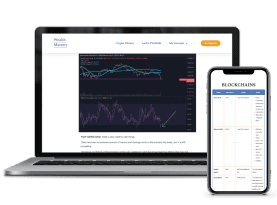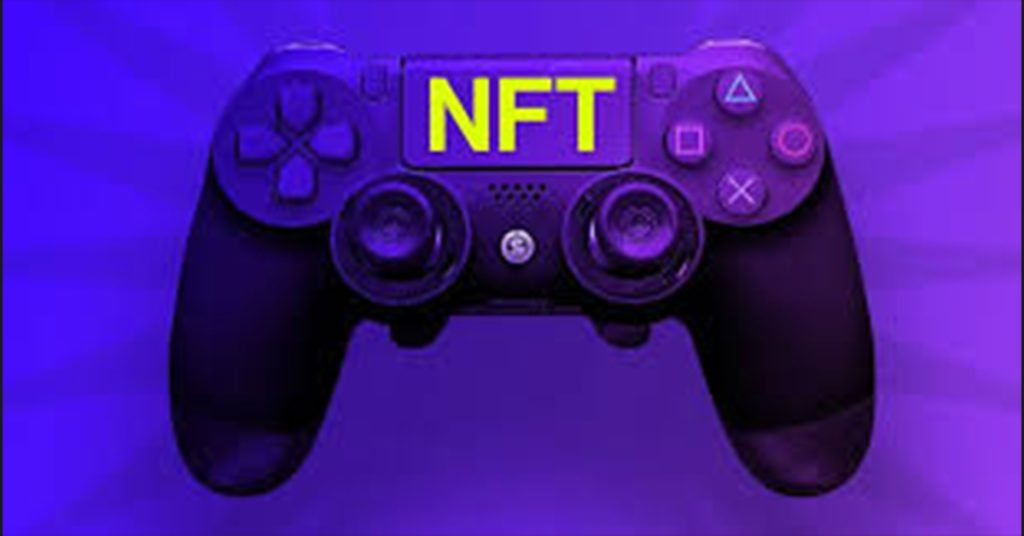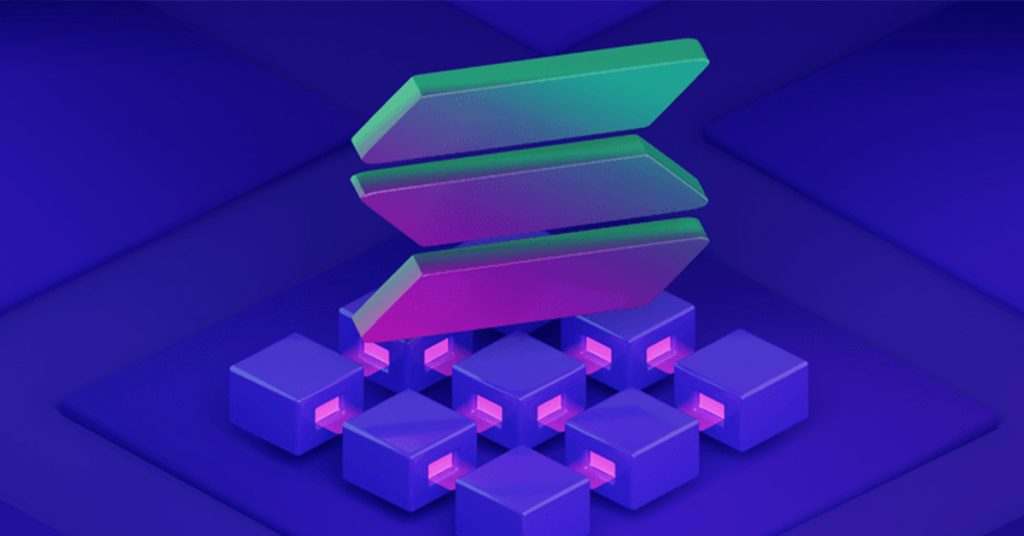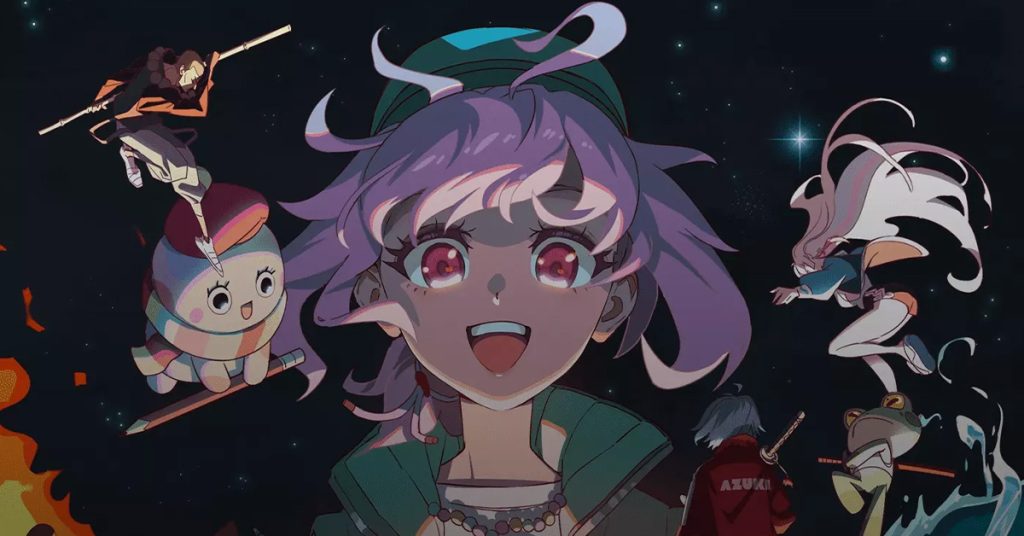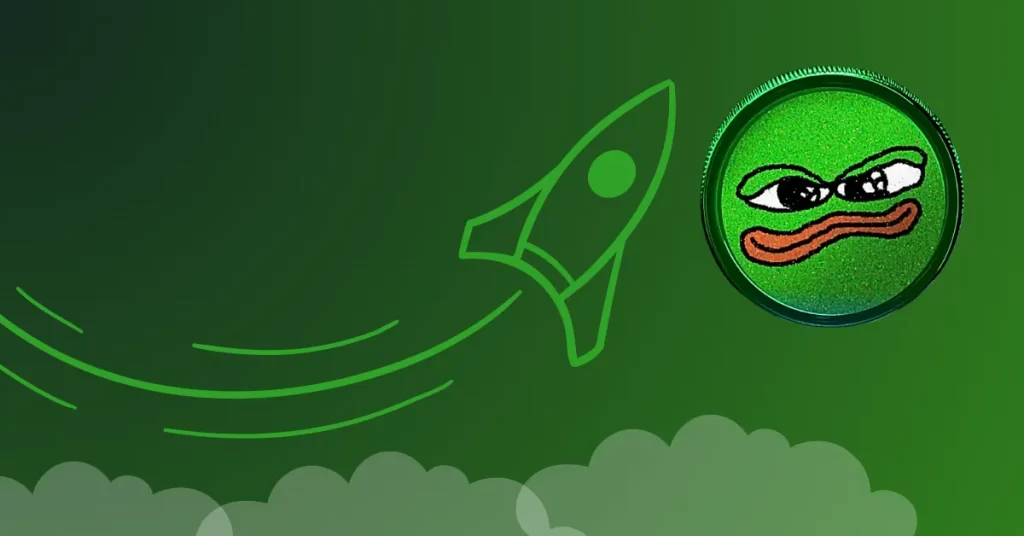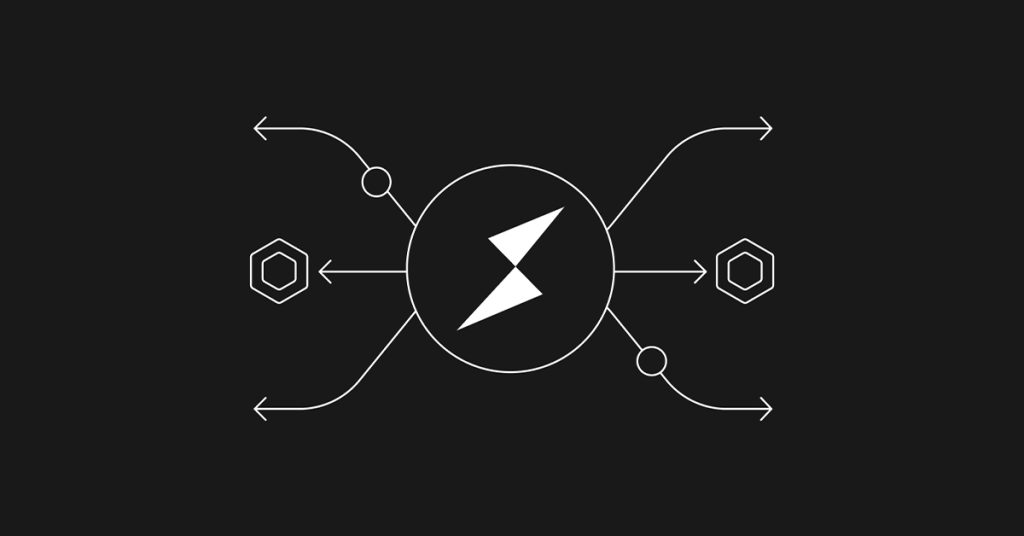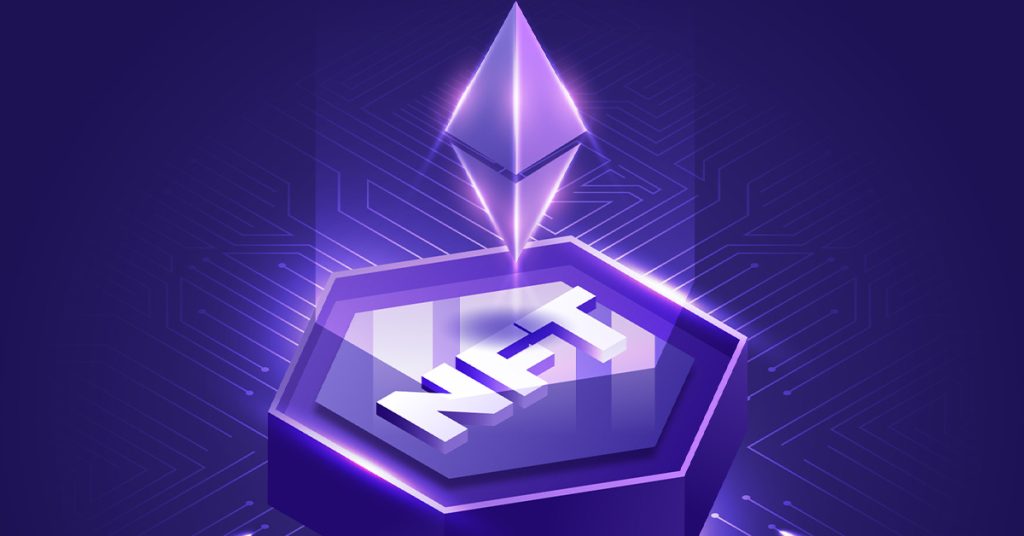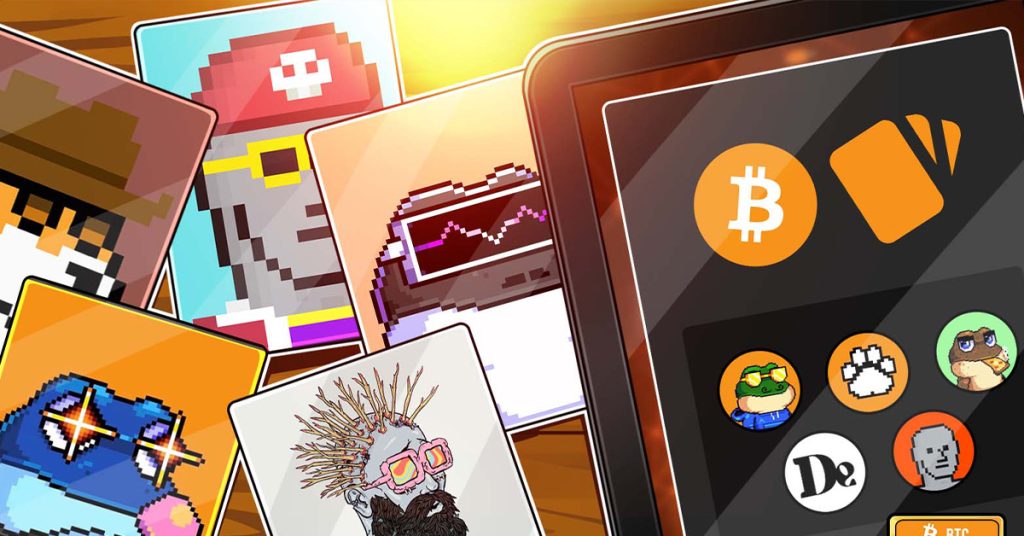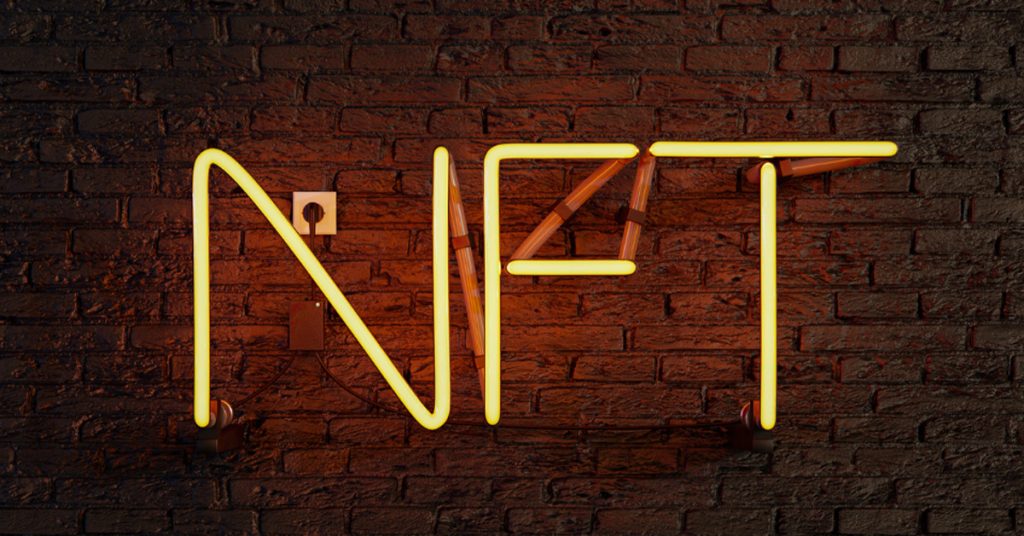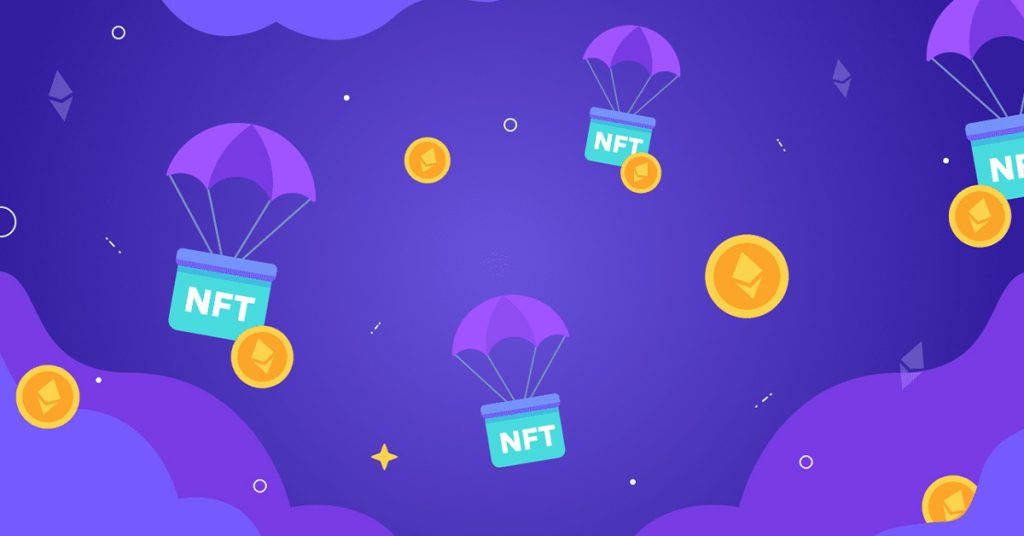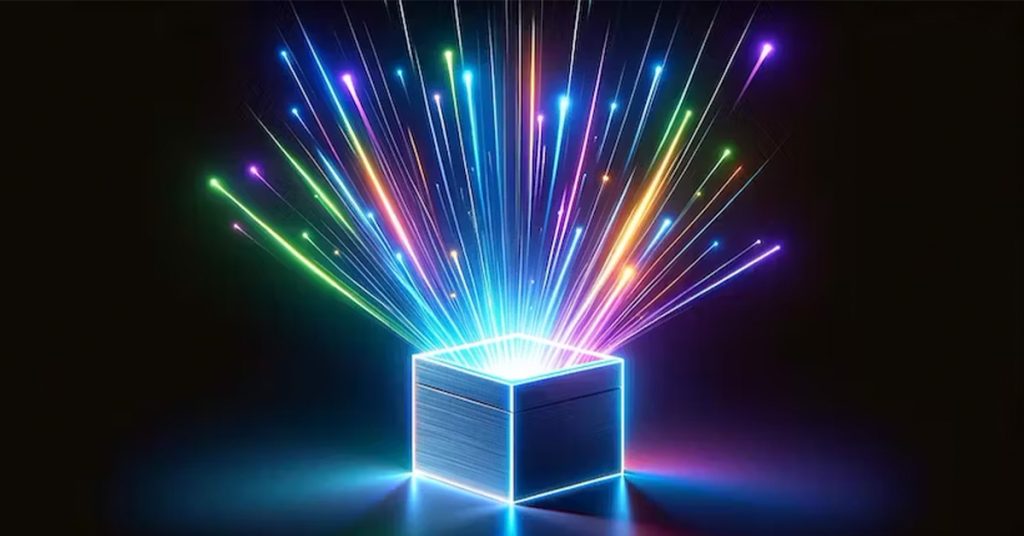Which Is the Best NFT Blockchain?
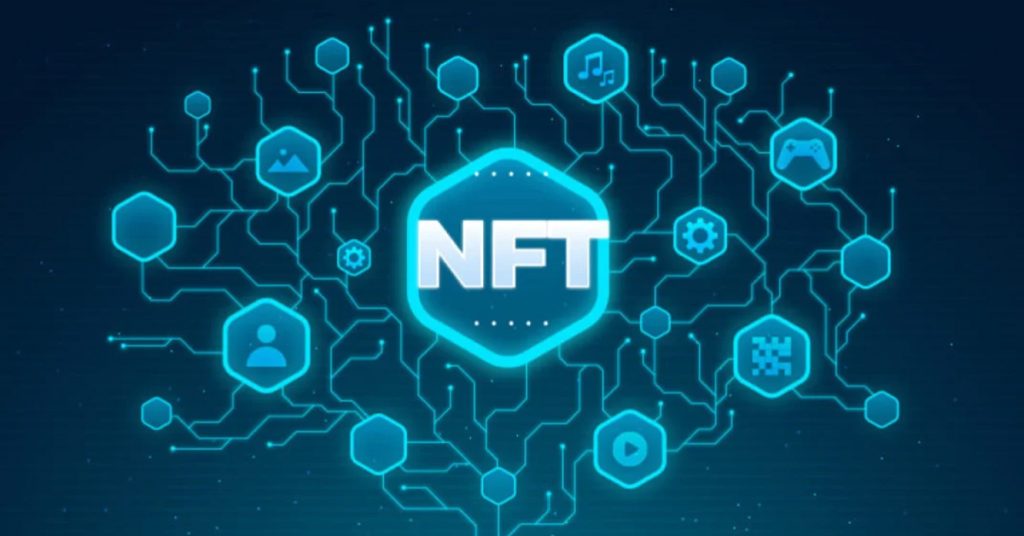
TL;DR
The top NFT blockchains by NFT sales volume are Ethereum, Bitcoin, and Solana, and all have their own advantages. Ethereum is the original NFT chain, with a huge range of collections and platforms, the Bitcoin Ordinals space is experimental, expanding, and currently generating a lot of hype, and Solana is fast, cheap, and an easy option for newcomers.
What happens when you decide you want to add some NFTs to your crypto portfolio, but you’re not sure which is the best NFT blockchain?
To solve that problem, let’s compare the different NFT ecosystems, figure out their pros and cons, and discover which is the best blockchain for buying and trading NFTs.
Which Blockchains Have the Most NFT Trade?
If we take a quick look over on CryptoSlam, we can find that the top three blockchains by NFT trade volume over the past month are–in this order–Ethereum, Bitcoin, and Solana, so let’s focus in on these three options.
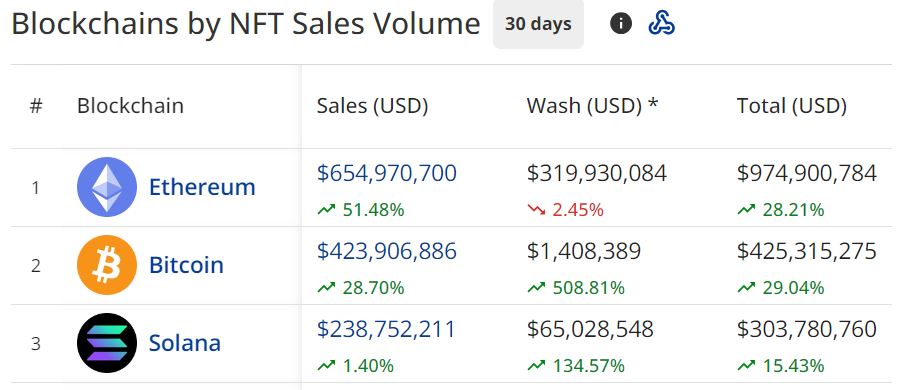
Why Trade NFTs on Ethereum?
Ethereum is the original chain for NFTs. CryptoPunks minted on Ethereum in 2017, Art Blocks launched there in 2020, Bored Ape Yacht Club appeared in 2021, and so Ethereum is where the bulk of the action was happening during last cycle’s first big NFT wave, and it’s still a go-to blockchain for NFTs.
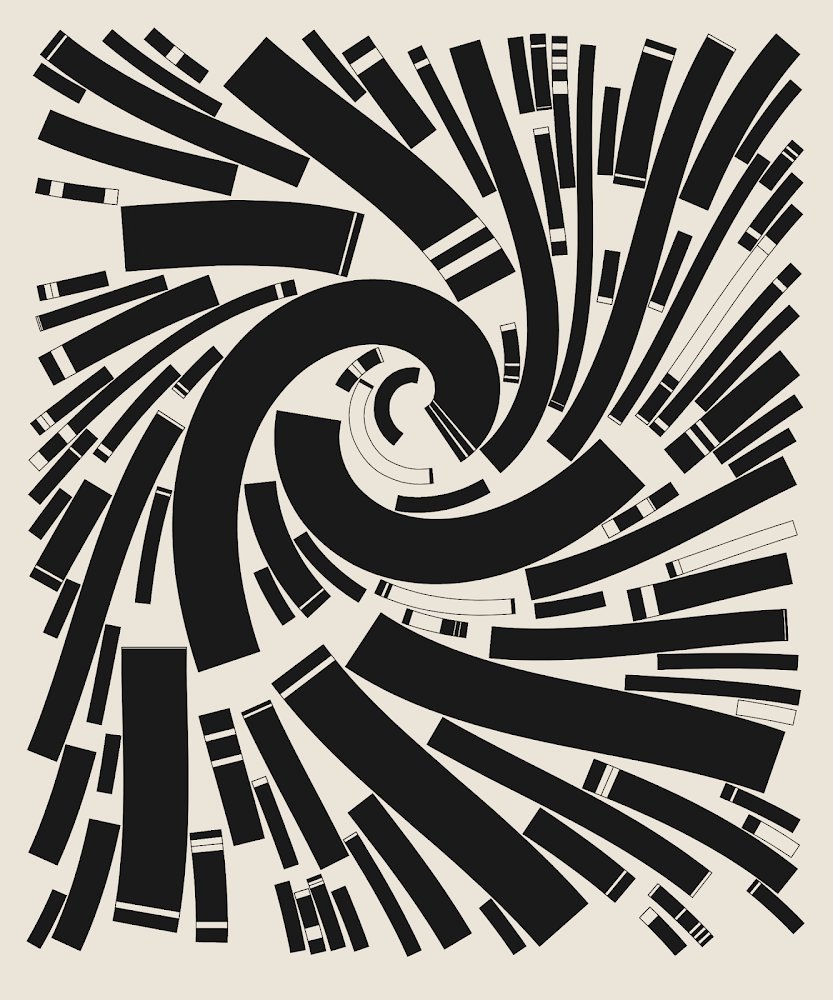
Which Wallet and Marketplace Can I Use?
MetaMask is the obvious wallet choice, and for marketplaces, Blur is the leader, Magic Eden supports Ethereum, and the original favorite OpenSea is straightforward to use.
Pros
- Ethereum is the pioneering, history-making NFT chain, and is home to a vast range of iconic collections.
- It attracts great artists, is the first stop for prestigious art drops, and there are many art-specialized marketplaces and platforms, including Verse, Art Blocks, and BrainDrops (for AI art.)
- There are also several NFT Finance platforms, including Blend (from marketplace Blur), NFTfi, and Arcade.
Cons
- When the network gets congested, Ethereum gas fees are completely insane. This might not matter if you’re an ETH whale, but for most people, it’s a sticking point.
- Many older PFP collections have lost their sheen, although on the plus side, if you can identify out-of-favor collections with the credentials to make a comeback, you might be able to scoop up potential bargains.
- Floor prices are currently down almost across the board on Ethereum collections, but this can change very quickly, and–as mentioned above–there may be bargains to be hunted.
Why Trade NFTs on Bitcoin?
- First, just to clear up terminology: NFT-like assets on Bitcoin are not called NFTs, they’re referred to as Inscriptions or, more often, Ordinals.
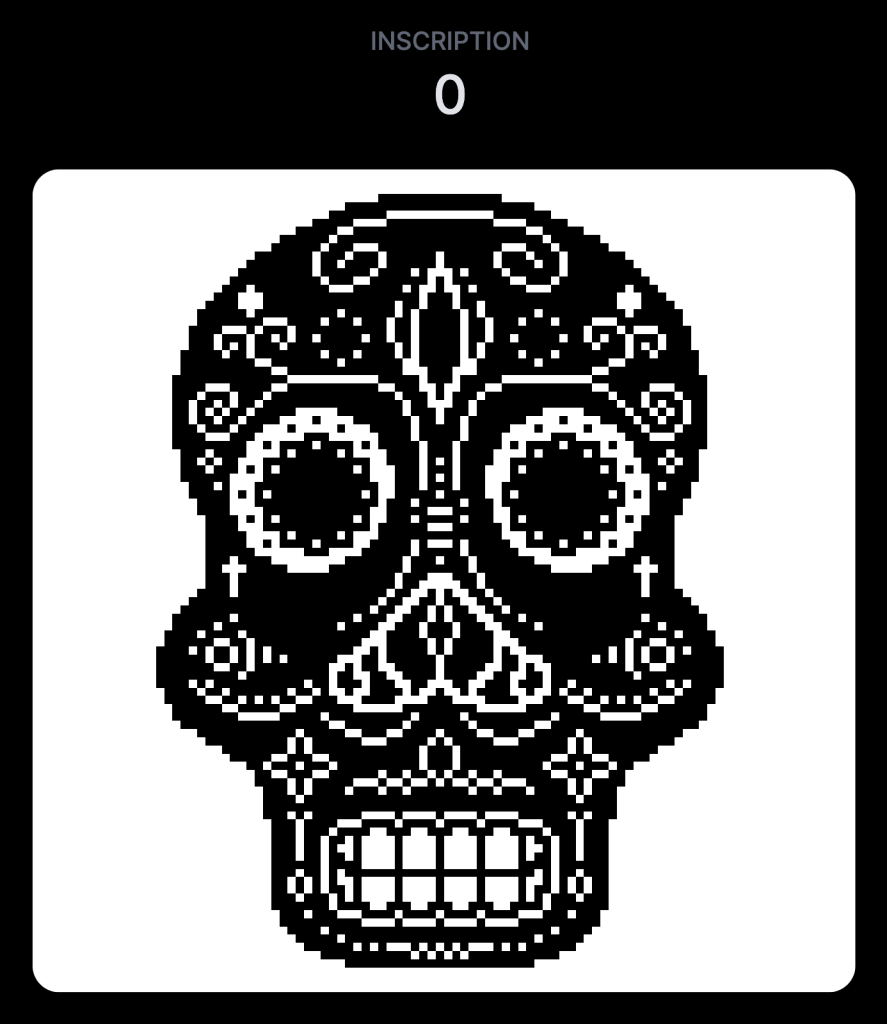
As Bitcoin is the granddaddy of all blockchains, it seems strange to say that Ordinals have that shiny new thing quality, but the Ordinals protocol has only been around since January 2023, so it’s a novel and expanding ecosystem.
However, as we’re talking about Bitcoin here (“there is no second best”, in the words of Michael Saylor), Ordinals have a head start in terms of credibility. In fact, in just the first year or so, the Ordinals space has attracted some big NFT names, including Yuga Labs and DeGods, and the artist Jack Butcher.

And at the same time, there’s a friendly battle taking place to find out which Ordinals drops can establish themselves as the memorable OGs of the space, especially when it comes to PFPs.
Which Wallet and Marketplace Can I Use?
Top wallets to manage BTC and Ordinals include Xverse and UniSat, and the central marketplace is Magic Eden, which has an Ordinals section.
Pros
- It’s Bitcoin: the original and undisputed number one blockchain, giving Ordinals a special kind of weight.
- Ordinals feel new and experimental, with a lot of room for growth and price discovery, and right now, there’s a lot of hype.
- The nature of the Ordinals protocol means that all items are fully on-chain.
Cons
- Although some artists are now gravitating towards Ordinals, compared to Ethereum, there isn’t as much of an artistic network.
- The Ordinals space doesn’t yet have the infrastructure and range of platforms that Ethereum has.
Why Trade NFTs on Solana?
Solana is exceptionally cheap, fast and easy to use. Relatedly, Solana has the Tensor NFT platform, which is arguably the best-constructed, most trading-friendly marketplace, with a very good UX. Also, Solana is now a proven bear-market survivor, and looks strong in its second cycle.

Which Wallet and Marketplace Can I Use?
The major Solana wallet to use is Phantom, and the NFT marketplaces to head for are Tensor and Magic Eden.
Pros
- Solana is fast, cheap, and user-friendly, so newcomers can dip a toe easily and without too much expense.
- The Tensor marketplace is excellent, with TradingView analysis tools fully integrated.
- Solana and its NFT ecosystem have now been around for a full crypto cycle, and look good for the long-term.
Cons
- Doesn’t have collections as renowned as some of the classics on Ethereum (although the Mad Lads collection is perhaps headed in that direction.)
- The Solana blockchain has had outages and paused block production multiple times in its history.
The Best NFT Blockchain Can Change Quickly
The situation in NFTs is always shifting, but right now, it’s Bitcoin Ordinals that are flying, and where the most hype is being generated. There’s a sense that the ecosystem is building rapidly, and Ordinals are benefitting from Bitcoin ETF excitement.
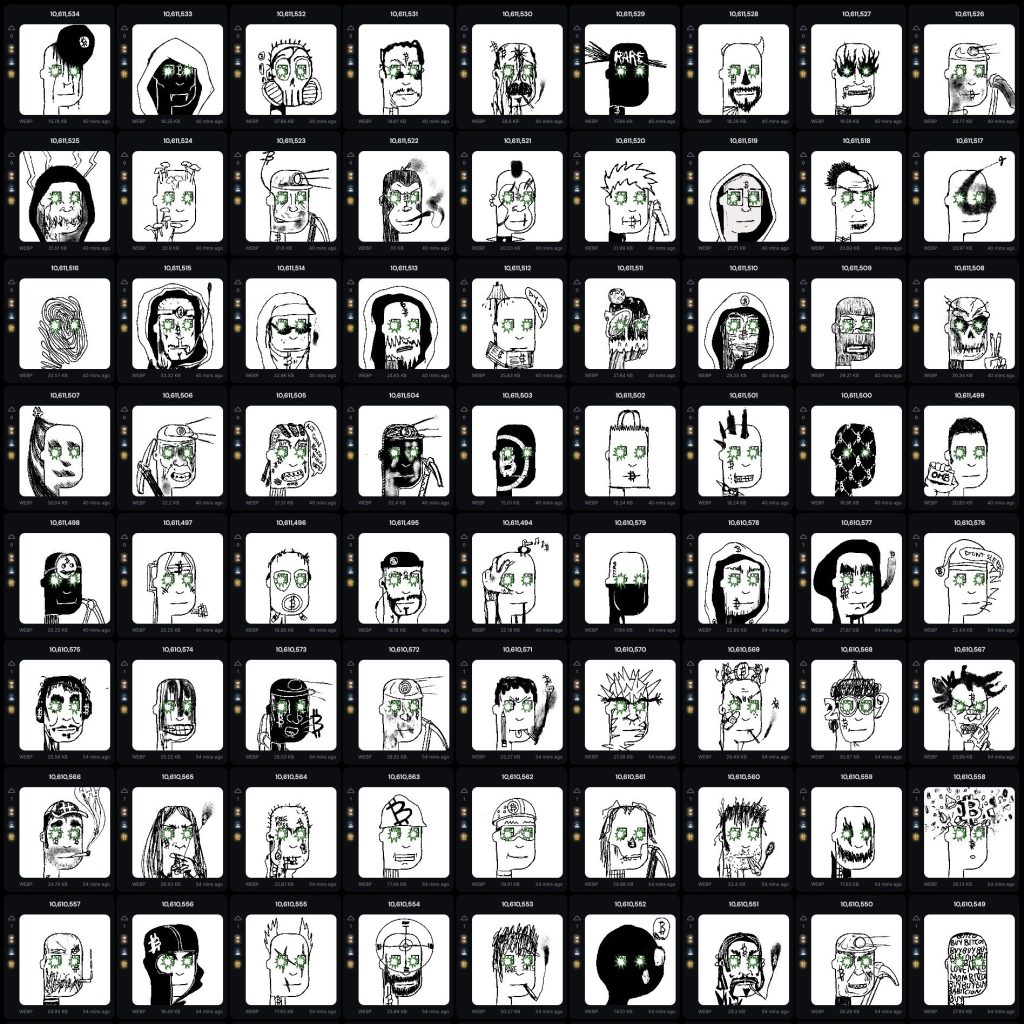
Meanwhile, Solana offers an excellent entry point into NFTs, largely because it’s so fast and easy to use, with very low transaction fees, and there’s a decent amount of buzz around SOL itself.
And over on Ethereum, it currently feels like attention is being captured elsewhere, but the fact remains that the most iconic NFTs created up to now–including CryptoPunks and major art collections such as Fidenza–are priced in ETH, and keep in mind also that crypto moves in cycles.

